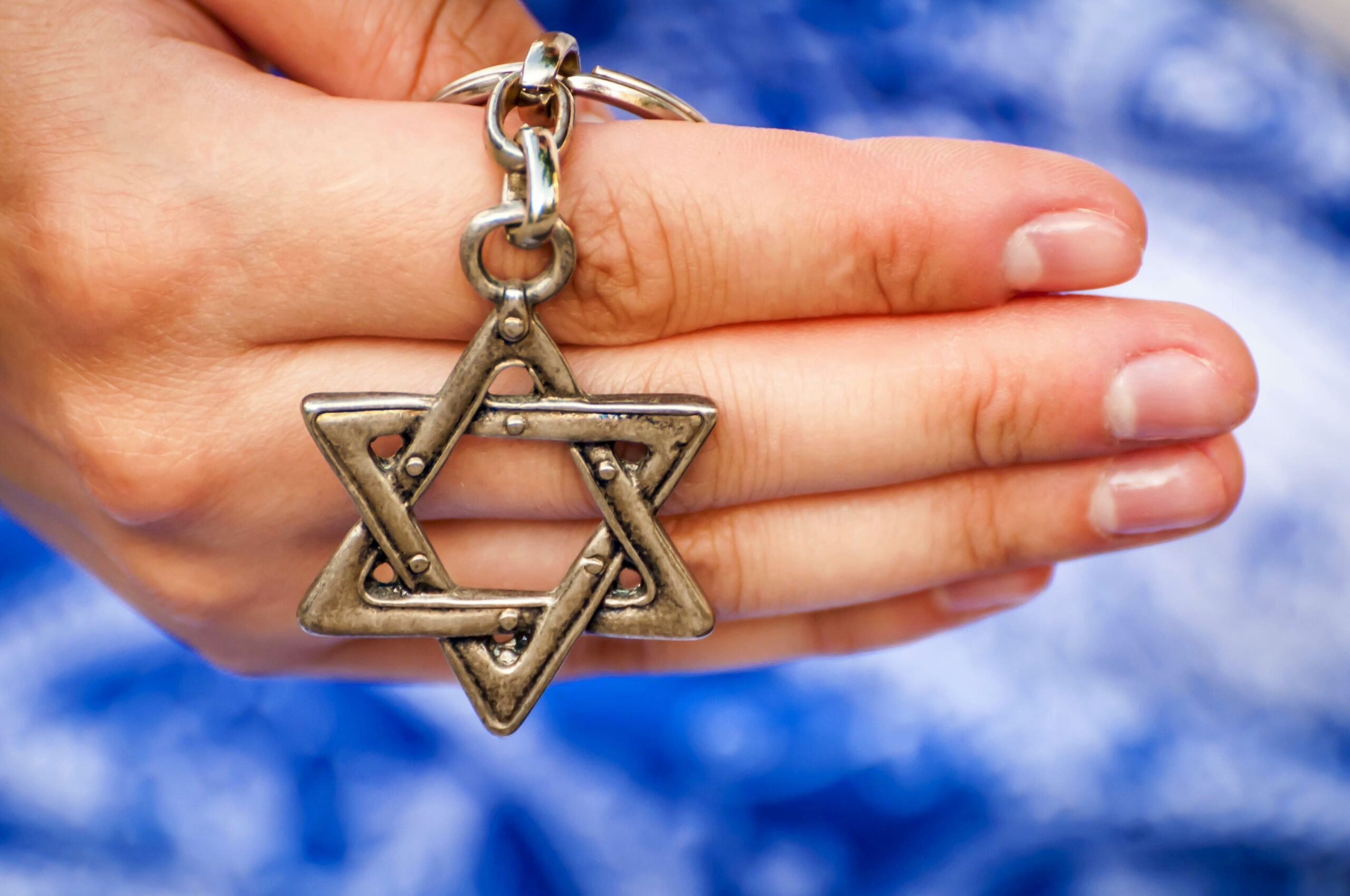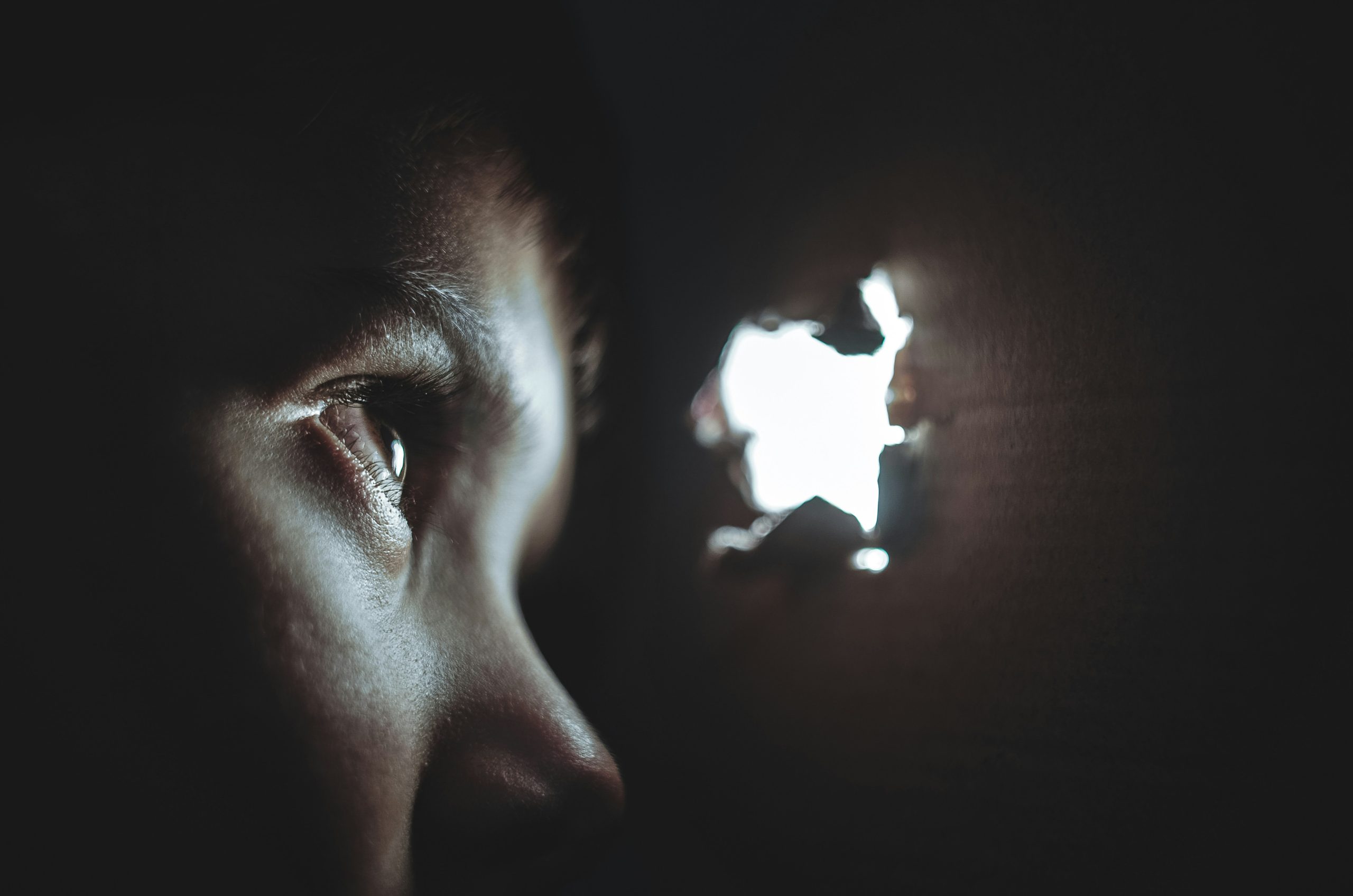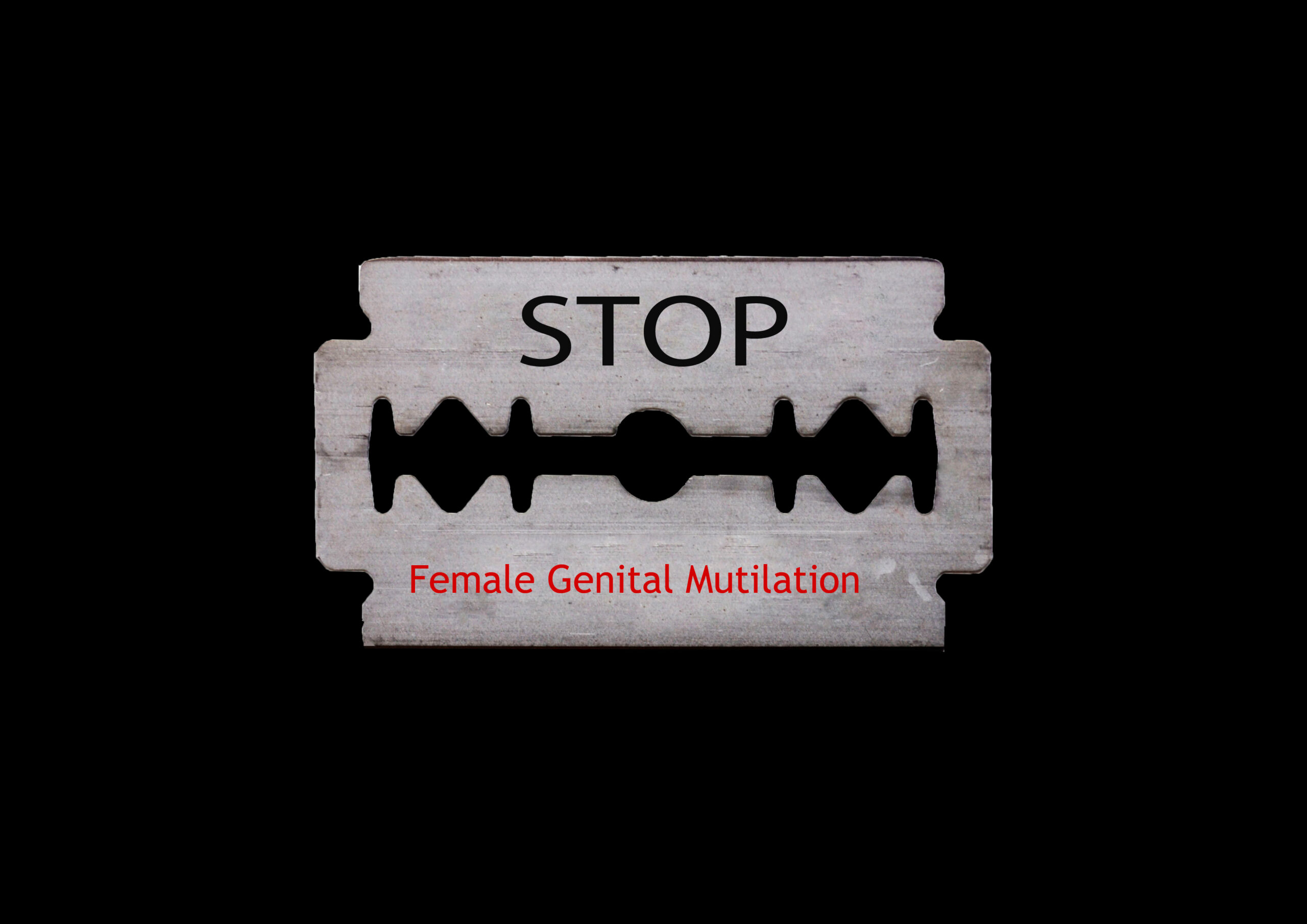| Getting your Trinity Audio player ready... |
Note to Readers: The insights and wisdom in these books are too valuable not to be shared widely. There’s an urgent need for them to be made into audiobooks, expanding their reach and accessibility. If you have the influence or means to make this happen, I encourage you to lend your support. Let’s work together to bring these important words to a broader audience.
Related Study:
Please note that the studies shared on this website are for informational purposes only. Readers are encouraged to critically evaluate the content and not to accept it as absolute or complete without further verification. The views expressed in the studies do not necessarily reflect the opinions of this website.
Women and Torah: The Orthodox Jewish Response to Second-Wave Feminism by Batsheva Shekhter
Abstract— This paper explores the effects of second-wave feminism in the 1970s on the Orthodox Jewish movement within the United States. During this time, the feminist movement challenged the way women were viewed and treated in American society, leading to other denominations of Judaism soon enacting policies to reflect such change. The paper examines how this movement was received and responded to by the Orthodox Jewish leadership and seeks to explore the contradictions that arose as a result of the collision between feminism and Orthodox Judaism. Ultimately, it concludes that the feminist movement of the 1970s had a profound impact on the Orthodox Jewish movement, leading to changes in milestone events, education, and representation within the community, but also contributing to a complex and ongoing debate about the meaning and practice of Jewish tradition.
Many assume that because the progressive changes found in the Reform, Conservative, and Reconstructionist Jewish movements which surrounded the rise of second-wave feminism in the United States, were not visible in the Orthodox Jewish community, the Orthodox movement therefore established few, progressive women’s rights policies that reflected the changing times. However, the Orthodox community merged modern beliefs with halachic values and longstanding Jewish tradition, by creating milestone events for girls, encouraging high-level secular and Jewish education for girls in all Orthodox educational institutions, and providing women with increased representation in synagogue matters.
Despite these advances, women’s prayer groups and women holding cantorial or rabbinic positions have been condemned by the majority of Orthodox rabbis affiliated with Yeshiva University, a Jewish Modern Orthodox academic institution in New York City, the Rabbinical Council of America, a large affiliation of Orthodox rabbis, and the Orthodox Union, an organization that supports Orthodox synagogues and other programs, as a result of glaring contradictions between tradition and contemporary culture.
Many assume that the Orthodox Jewish community prohibited policies meant to improve women’s rights because some Orthodox rabbis were concerned that the feminist movement would threaten tradition and long- lasting practices. They declared that halacha, Jewish law, could not be completely altered to adapt to cultural change. For the most part, the Orthodox community tends to stay away from modifying or analyzing halacha and Torah traditions to comply with modern ideas and inventions.
A core belief is that the most authentic and religious practice of Judaism requires strict compliance with the laws given by God thousands of years ago to the Jewish people. Many rabbis claimed that adjusting long-lasting rituals creates a slippery slope of potentially radical changes and poses dangers for the continuity of the Orthodox tradition.3 The fear is that changes regarding women will lead to leniency in other areas of halacha which would possibly cause a rise in assimilation and intermarriage. Instead of making changes and attempting to create more obligations for women, many pushed for the focus to be on the more glaring and detrimental issues facing Jews and Judaism, such as the wars and terror facing the budding state of Israel, the Soviet Jews trapped behind the Iron Curtain, and establishing thriving Jewish communities across America. They reiterated that women already have many biblical responsibilities that they should aim to fulfill properly before trying to take on more mitzvot.
Simultaneously, many Orthodox rabbis went against mainstream thought and encouraged the development of a women’s rights-focused approach to the Orthodox Jewish community, believing there is room for feminist progress within the constructs of halacha. They have identified disadvantages experienced by Orthodox Jewish women and acknowledged the need to make changes.6 For instance, Young Israel, the synagogue division of the Orthodox Union, held a conference in 1974 to respond to the ongoing feminist movement and discuss the status of Jewish women in their synagogues. By ignoring sexist misconceptions and carefully analyzing halachic texts, it was concluded that there are areas in which women can and should be given opportunities to express their Jewish identity.
Instead of removing all gender separations within traditional Judaism, these rabbis stressed the importance of making avenues unique for women to participate in religion actively. They made it clear that they would not be allowing women to perform every mitzvah permitted only to men, but instead, would be forming new understandings of women’s prior obligations and breakdowns of some mitzvot that are in fact halachically permissible to women. Rabbi Dr. Norman Lamm, former president and chancellor of Yeshiva University and senior rabbi of the Jewish Center, a large Orthodox synagogue in the Upper West Side, claimed that if feminism meant that women were to strive to succeed financially, academically, or professionally, in addition to shaping their children to be the next leaders of the Jewish nation, he believed that this movement certainly had a place in the Jewish community.
One change influenced by second-wave feminism in Orthodox communities was the acceptance and expectance of life-cycle, milestone events for girls, such as the Shalom Bat, naming ceremony for baby girls, and Bat Mitzvah, celebration of a girl’s womanhood at age twelve, in an effort to celebrate girls as the community had been doing so, centuries prior, for boys. It only seemed logical to create kiddushim, seudot shlishiyot, or other types of meals and parties to celebrate their daughters in the same manner they celebrated their sons’ brit milah, circumcision, and Bar Mitzvah, celebration of a boy’s manhood at age thirteen. Many realized that the secular world’s equal celebrations of boys’ and girls’ milestones should surely be embraced by Jewish communities. A girl’s birth and achievement of religious maturity are now commonplace celebrations in Orthodox communities with a lavish, elaborate, and spiritual approach.
Another policy promoted by Orthodox rabbis during and following the feminist movement in the 1970s was the widespread implementation of advanced Jewish and secular education for girls, deemed a necessary tool for their futures. As the United States government had already enforced the education of girls in secular studies through public schools or academic requirements for private schools, it was rather jarring to see girls highly educated in the secular world with little to no formal Jewish education.
Therefore, the Orthodox community slowly began to support women’s access to religious education designated as a necessary and crucial right.
All Orthodox communities now emphasize intense Jewish education for girls, ranging in different for both Jewish and secular education. After graduating from high school, most Orthodox girls across the religious spectrum are prepared with the basic foundations to continue learning Torah and to build a Jewish home that abides by halachic principles.
Additional opportunities for intensive Jewish education gave women a “yeshiva-like” experience, an intensive educational program focused on Jewish texts, typically available only to men. Following their time in Jewish day school and yeshiva high school, girls are encouraged to continue their learning in Talmud and Torah in gap-year programs in Israel and to participate in learning initiatives on college campuses. Thus, there has been a rise in the number of women learning Talmud, leading to an increase in opportunities created to accommodate this new interest. For instance, new institutions are designed to give women the opportunity to learn halacha and Talmud, subjects that were previously either limited to women or set entirely for men.
Despite these advancements made in women’s learning, the opportunity to become learned in Torah and Talmud has brought up the issue of creating titles and positions of authority for women who now have the option to have similar, if not equal, academic backgrounds as their male counterparts. While after years of intense Torah study, a man in Orthodox circles can be referred to as “Rabbi” to show his knowledge, but there is no formal distinction between a woman with immense experience in Torah learning and one without.
Paralleled to the advancements in women’s Jewish education was the widespread support for post-high school secular education for women. Now with access to the proper educational and institutional tools, Jewish women were now given the opportunities to attain prominent careers. This allowed for them to partake in impacting their family’s socio-economic status and quality of living through choices of prestigious professional paths. Furthermore, this push helped create realistic expectations for women in certain Orthodox communities. In right-wing Orthodox communities where men typically learn full-time in yeshivas, women now had access to quality jobs that left them capable of being the sole-supporters for their families, while Modern Orthodox communities now had concrete opportunities for women to work outside their homes. This new approach has influenced modern Jewish communities where women are now more likely to be surrounded by peers who also attended college to prepare for their professions.
However, the push for high-level secular education is not solely to prepare women for their careers; many communities encourage their daughters to attend college in order to find prospective, educated spouses.
A last stance in which Orthodox rabbis took insight from the second- wave feminist movement was by approving women’s representation in some synagogue matters in order to increase their participation in the community and allow them to initiate change. Prominent Orthodox rabbis, such as Rabbi Haskell Lookstein, former rabbi of Congregation Kehilath Jeshurun, a large Orthodox synagogue in the Upper East Side, and president of the Ramaz School, a coed Modern Orthodox day school, and Rabbi Moshe S. Gorelick, president of the Rabbinical Council of America, believe that these opportunities give women the ability to make direct changes in their communities. Women are encouraged to not be observers of the community, but instead to actively participate within them. This makes it a lot easier to bring about change as members of the community with the help of the synagogue, as opposed to pushing for change from the outside and expecting the community to approve.
One such example is the push to give women individual synagogue membership, which allows single women to be part of, and contribute to, their local Jewish community. Congregation Kehilath Jeshurun was one of the first congregations to begin the drive to offer women membership, providing women with a say in synagogue matters and enabling them to bring about change from within institutions, without needing to be tied to a male member. Additionally, women are now encouraged to hold positions on their synagogue and community boards. This new acceptance of women’s role in communities has led to increased participation of women in synagogue and community boards since the 1970s.
In contrast to the many advances for women that occurred during this time, the majority of Orthodox rabbis reprimanded the creation of women’s minyanim, quorums for prayer, by claiming it was against halacha and that it represents a distorted view of Judaism. Typically, Orthodox minyanim consist of a mechitza, a separation, that splits the room by gender; on one side, the men lead prayers and read from the Torah, while on the other side, women pray, following along with the male leaders. Prayer groups for Orthodox women that permitted them to read the Torah, act as gabbaim, sextons of the congregation, or address God in the feminine were common on many university campuses.28 Rabbis concluded that by conducting their own separate minyanim, during which they would carry and read the Torah, women would be performing halachically forbidden actions. In particular, Talmud professors and Roshei Yeshiva at Yeshiva University issued statements that declared women’s minyanim as false perceptions of Judaism and inappropriate expressions of feminism.
With a clear pushback by the majority of Orthodox rabbis, women’s minyanim are now less accepted amongst Orthodox women, yet an emphasis on providing prayer spaces for women remains. One such effort was to create prayer groups for women that did not entirely mimic the minyanim run by men. Some Orthodox women were adamant about not reciting prayers permissible only in the presence of a quorum of men, unless given permission explicitly by a rabbi to do so in a female setting. Praying in women’s only gatherings is deemed acceptable by many, as long as Kaddish and other prayers only said in a minyan are not recited and the Torah is not read. Additionally, this emphasis on the significance of women praying has encouraged women to pray at home individually and even established set times in the daily schedule for students to pray in Orthodox girls’ schools.
Furthermore, there have been efforts to make coed, public prayer more acceptable and comfortable for women while remaining within the constructs of halacha and already existing spaces. Rabbis suggest that synagogues create new formats for women to be a part of the prayer service in a correct and halacha-abiding manner. For some synagogues, this means creating mechitzas that allow women to be part of the prayer service by being able to clearly and visibly observe the minyan, instead of being hidden behind a tall, opaque curtain walls. For instance, The Boston Shul, a Hasidic congregation in Brookline, Massachusetts, that instituted a “mirror- coated one-way panel” as a mechitza. Women can see into the men’s section and know what is going on, but men cannot see them. Interestingly, this Hasidic congregation in a progressive city adapted their synagogue to ongoing feminist trends and provided a model example for other communities to adopt.
Additionally, progress for women’s rights did not cover every aspect of Orthodox Jewish life. Almost all Orthodox rabbis prohibited women from receiving ordination as cantors or rabbis because they claimed the idea went against halacha and tried to match the roles of men and women. This forbidding is the complete opposite of the responses offered by the Conservative and Reform movements about this issue. It is considered by a majority to be a violation of halacha for women to be counted as a minyan and therefore, any other obligations related to it are off the table. The Orthodox community remains rigid with halacha and unlike other Jewish communities, refused to make institutional changes to allow women to become rabbis. It was made clear that it is expected that there will be no improvements made to give women rights in ritual services in the Orthodox community.
This is predicated upon the belief that God created two unique and different genders for separate, designated purposes. In Genesis 1:27, the narrative describes the sixth day of creation during which God created man and woman, two dinstinct beings of humankind. Attempting to equate the responsibilities, restrictions, and obligations of the two genders would go against this concept. Men and women have unique roles that are distinct and should not be traded. Each role is necessary for the success of the Jewish nation. Attempting to forgo specific roles or to fulfill the jobs of others would be fruitless. Therefore, the claim is that it is unnecessary for women to take on more obligations than they already have. However, prohibiting rabbinic and cantorial professions does not mean that women are seen as inferior, but just given other equal responsibilities in the community.
Evidently, the Orthodox Jewish community took insight from the feminist movement during the 1970s. Orthodoxy deemed that halacha approved policies that encouraged milestone events for girls, advanced secular and Jewish education for female students in various educational institutions, and women’s participation in synagogue matters. However, most Orthodox rabbis prohibited the establishment of women’s minyanim and the ordination of female rabbis and cantors. This uncertainty between halacha and women’s rights is apparent regarding the current and future issues of heads of school, military and hospital chaplains, and directors of Hillels on college campuses: all professions that often require a rabbinic ordination, a certification that Orthodox women do not have access to. Some women may have the qualifications and talents to successfully embrace these jobs, but because of the ban on Orthodox female rabbinic ordination, these careers are out of reach for women. Creating new positions for women, such as yoatzot halacha, allowing women to earn certain certifications in talmudic knowledge, or realizing that a rabbinic ordination cuts the application pool in half, may aid in this ongoing issue.
Shekhter, B. . (2023). Women and Torah: The Orthodox Jewish Response to Second-Wave Feminism . Iggrot Ha’Ari, 3(1). https://doi.org/10.52214/iha.v3i1.11619
This work is licensed under a Creative Commons Attribution 4.0 International License.














